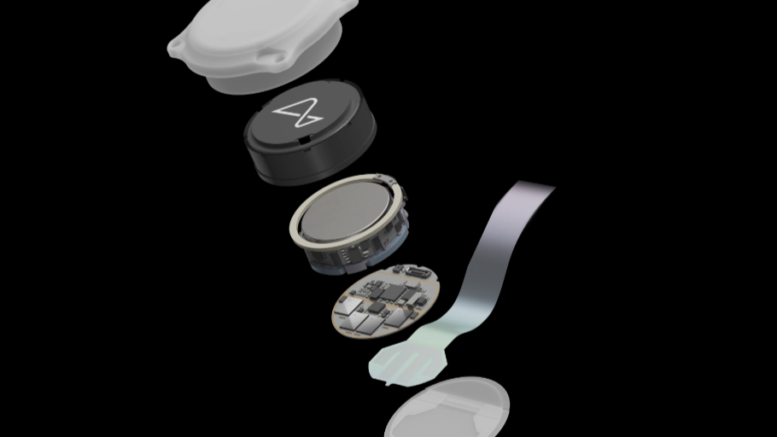Imagine a world where thoughts alone move cursors, play games, or speak for the silent. That world is here, and it’s jaw-dropping. Neuralink, Elon Musk’s brain-tech venture, has implanted chips in three Americans, turning science fiction into reality. These pioneers—Noland Arbaugh, “Alex,” and Brad Smith—battle paralysis and disease, yet their minds now wield power like never before. Their stories grip the heart, spark hope, and raise questions about what it means to be human. Let’s dive into their groundbreaking journeys.
Noland’s Breakthrough: First to Defy Paralysis
Noland Arbaugh, a 30-year-old quadriplegic, became Neuralink’s first human trial in January 2024. A diving accident in 2016 stole his movement, but not his spirit. His implant, dubbed “Telepathy,” lets him control a computer with thoughts alone. He plays chess and browses the web without help, a feat that feels like freedom. However, challenges arose: 85% of the implant’s threads detached, forcing software tweaks. Still, Noland’s grit shines, setting records for brain-computer speed. His story screams resilience, yet it hints at risks in this bold tech.
Alex’s Leap: Breakthrough in Precision
Next came “Alex,” a quadriplegic implanted in August 2024. Neuralink learned from Noland, planting Alex’s chip deeper to avoid detachment. Within minutes, he controlled a computer, later designing 3D models and playing shooter games.
His implant’s success shows stunning progress. Meanwhile, Alex’s story fuels excitement: he’s not just surviving but creating, proving the mind can triumph over a broken body. Yet, the tech’s long-term safety remains a question mark, stirring cautious optimism.
Brad’s Voice: Breakthrough for the Silent
Brad Smith, the third pioneer, battles ALS, a cruel disease that stole his speech and movement. As the first nonverbal recipient, his 2024 implant is a game-changer. Brad types with his brain, communicates freely, and even uses AI to mimic his old voice. This breakthrough restores dignity, letting him connect with the world. However, the experimental nature of Neuralink’s tech sparks debate: is it a miracle or a gamble? Brad’s courage demands we ponder the stakes.
Pioneers’ Impact: A Breakthrough Redefining Limits
These three Americans embody hope, each pushing Neuralink’s mission to free minds trapped in failing bodies. Noland’s speed, Alex’s creativity, and Brad’s voice show the tech’s promise. Yet, risks like thread detachment and untested longevity loom large.
Therefore, their stories challenge us: should we rush toward a cyborg future or tread carefully? As Neuralink plans more trials in 2025, the world watches, hearts racing. What price will we pay to unlock the mind’s full power?
Like this article?
☕️ Share a coffee: https://buymeacoffee.com/criordan
👉 Follow me on X: @CRiordan2024
Click HERE to read more from Clara Dorrian.







Alex is designing 3D models with thoughts alone, and we’re here still typing with fingers!
Are you ready to level up?
All you have to do is drill a hole in your skull!😱😱😱